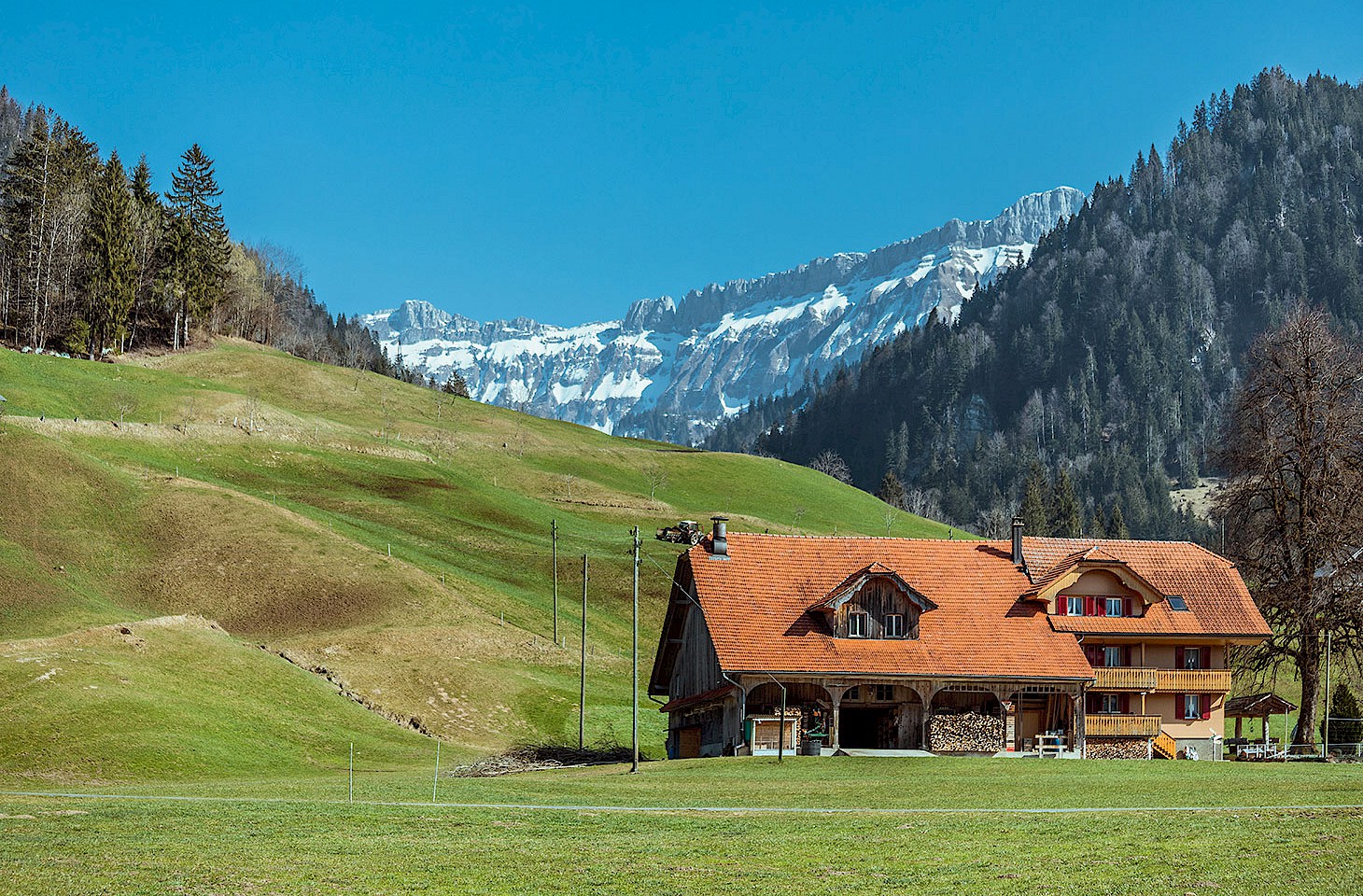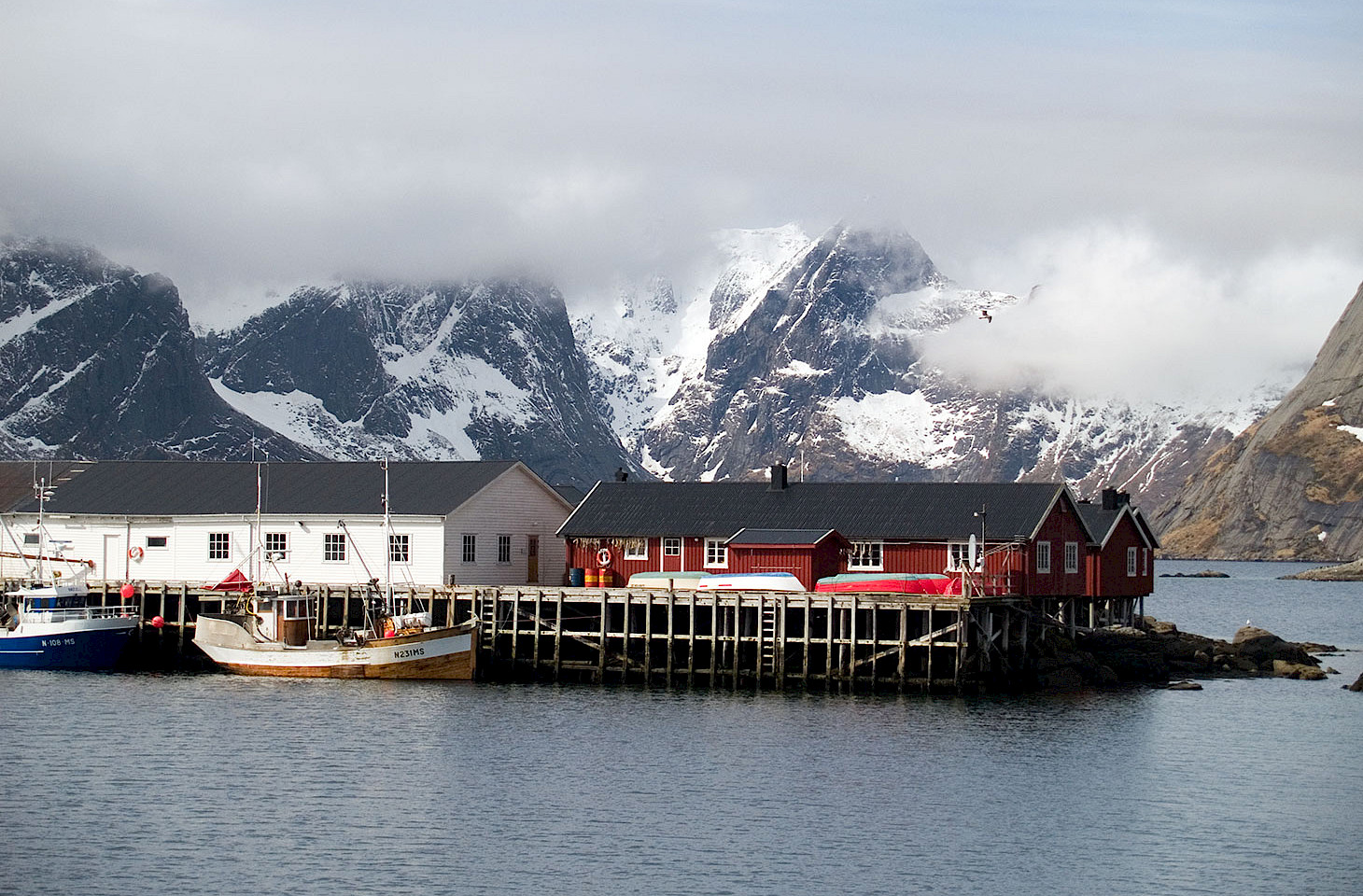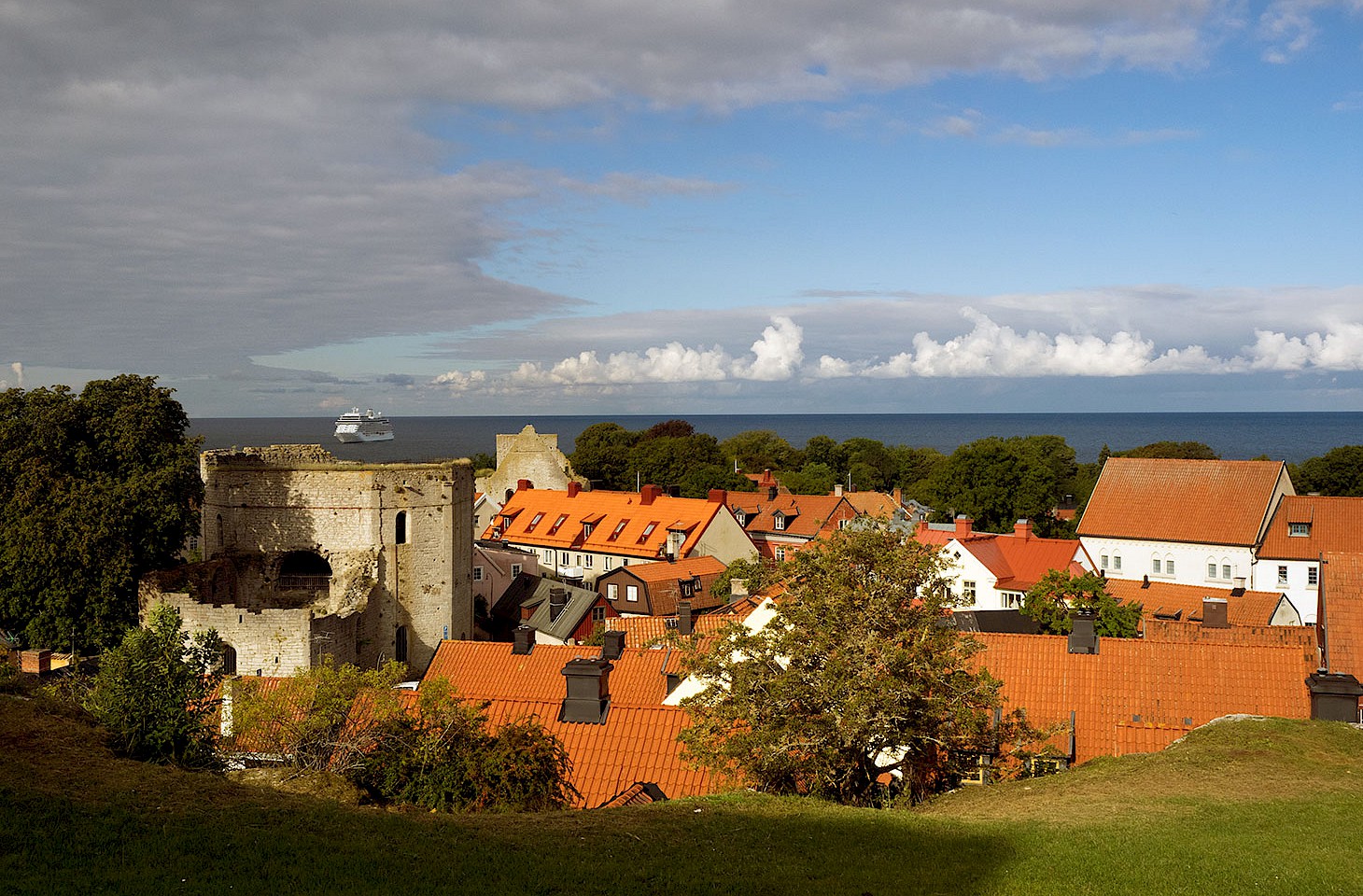Geologists measure the age of rocks in hundreds of millions of years. The successive waves of glaciation which we call the Ice Age ended with a prolonged final glacial period which alone lasted about 100,000 years. The last of the ice disappeared from what is now eastern Germany about 15,000 years ago. In terms of earth history, this is a mere blip in time. Not quite yesterday, but in the context of geological time, we are talking about the very recent past.
As ice decayed on the North German Plain towards the end of the last Ice Age, the region to the north — towards what is now the Baltic coast of eastern Germany — was still blocked by ice.




